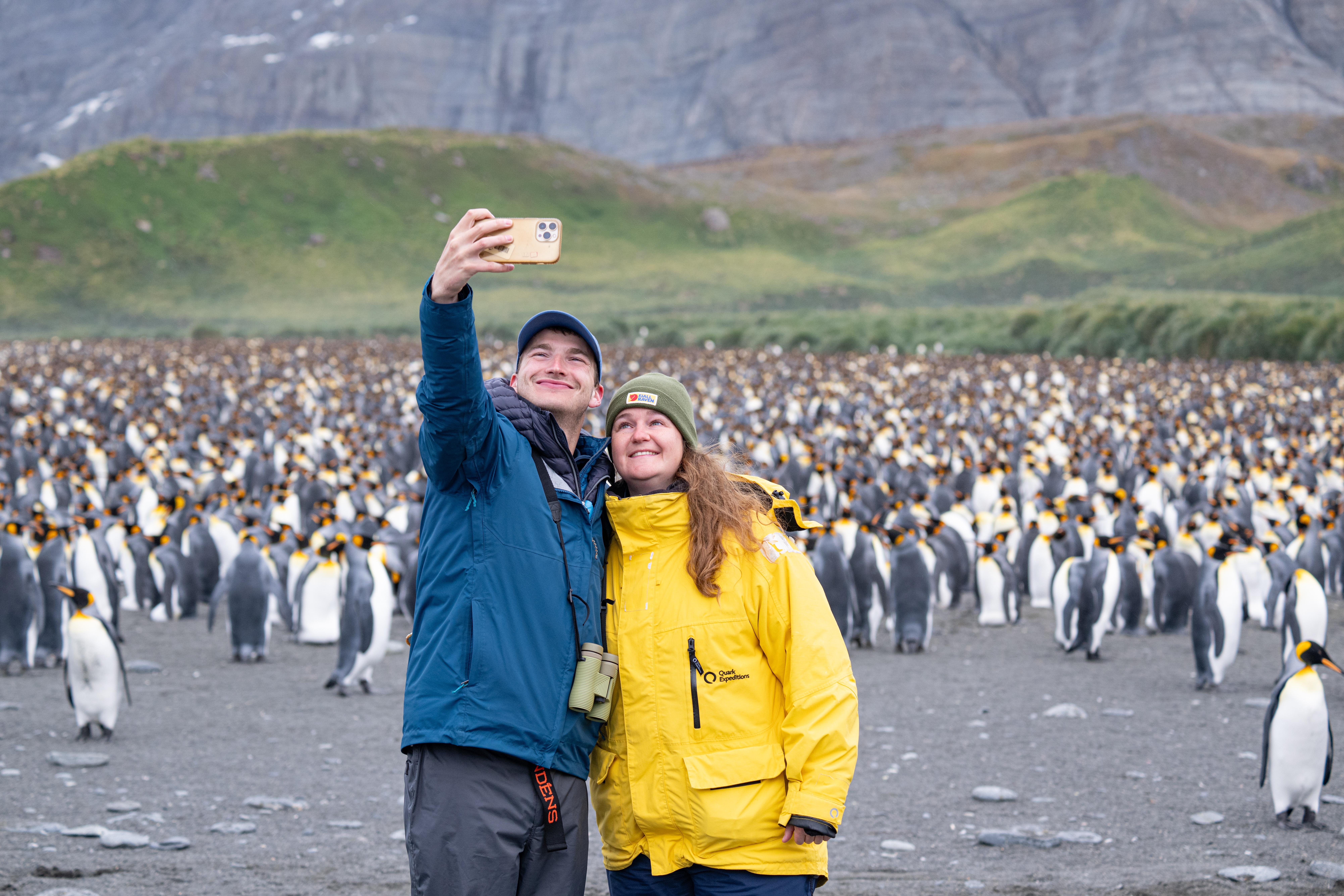From our podcast: Stories Across South America
Antarctica. What comes to mind? A cold, vast, empty wilderness perhaps? A place so remote that planning a trip there might feel out of reach. But as we explore in our latest podcast episode, “Antarctica Isn’t What You Think: A Conversation with Oceanwide,” the White Continent holds far more nuance, wonder, and accessibility than most travelers realize.
If you’ve ever wondered how to plan a trip to Antarctica, this episode is a must-listen. I sat down with Maria del Pilar from Oceanwide Expeditions to demystify what polar expedition travel actually involves. We talk about everything from Zodiac rides through floating sea ice to the emotional resonance of being in one of the most remote places on Earth.
Let me walk you through some of the powerful insights from the episode, and then I’ll guide you step-by-step through how to plan your very own trip to the 7th continent.
Listen to the full Episode Here 👇
Navigate to where you want to go:
What Expedition Cruise Travel in Antarctica Really Feels Like
One of the first things Maria and I talked about was the common misconception that Antarctica cruises are like any other traditional cruise. Spoiler: they’re not. These expedition cruises are intentionally smaller, more immersive, and completely focused on the experience—not the amenities. Sure, you might find a cozy lounge or even a hot tub, but you won’t be distracted by casinos or onboard theatrics. Instead, your days revolve around landings, Zodiac rides, expert-led briefings, and a kind of quiet, soulful engagement with nature that feels rare and precious.
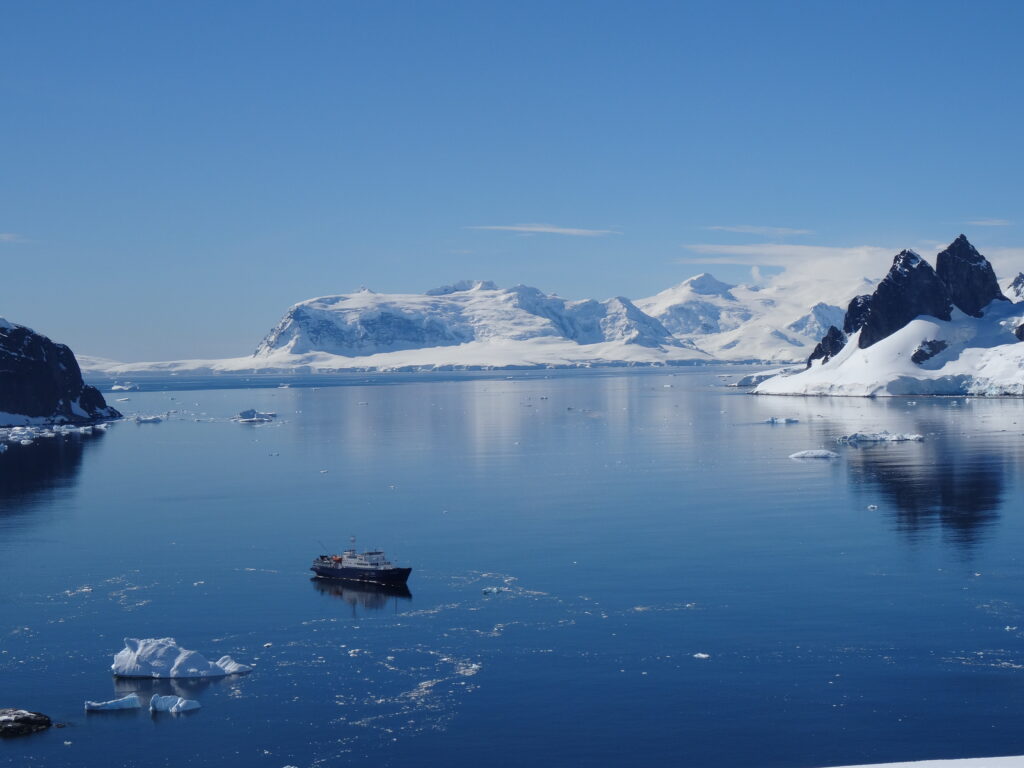
Wildlife Encounters
If there’s one word that kept coming up during our chat, it was “awe.” Maria painted vivid scenes of standing just a few feet from bustling penguin colonies, watching curious fur seals shuffle past, and catching your breath as a humpback whale breaches just off your Zodiac. Depending on when and where you go, you might also glimpse emperor penguins or even the elusive minke whale. And everything—from how you step onto the ice to how close you can get—is guided by strict ethical standards set by the Antarctic Treaty. It’s all about respect: for the wildlife, the land, and the moment you’re in.
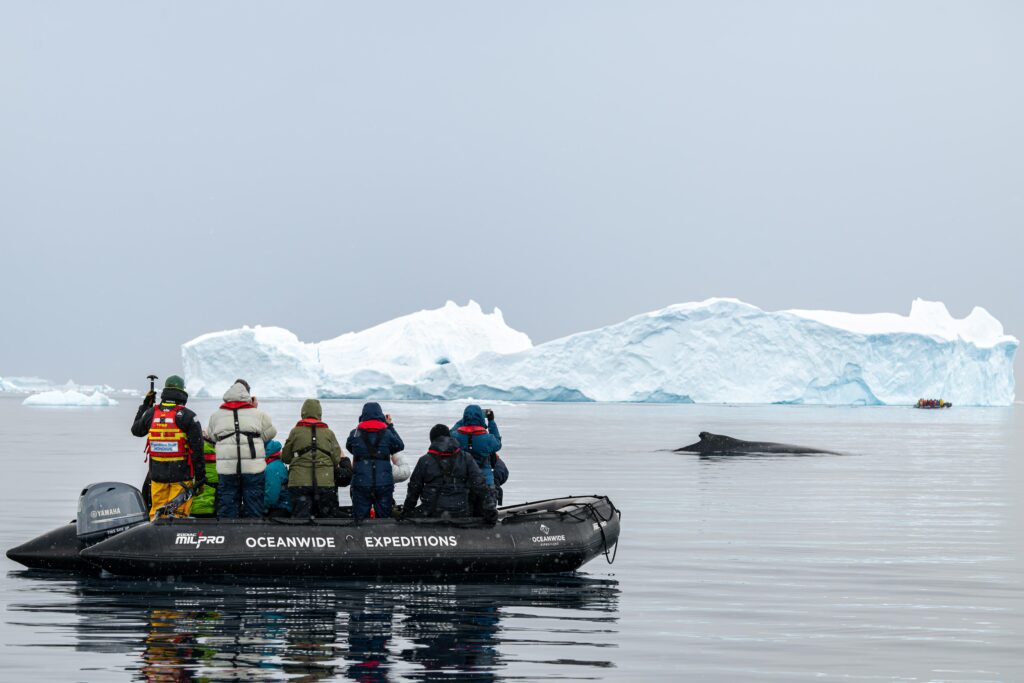
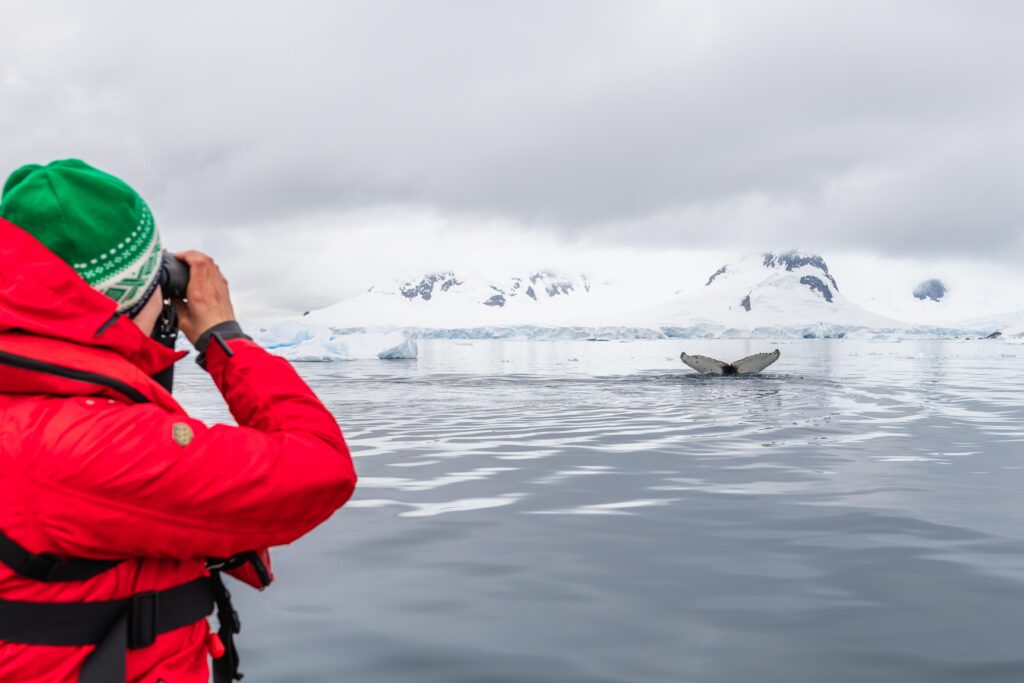
Logistics of the Journey
Now, let’s talk logistics—because this is where a lot of people pause. You might be thinking, “Do I need to be some kind of rugged explorer to pull this off?” The short answer is no. Most travelers start their journey from Ushuaia, Argentina, crossing the legendary Drake Passage. Sometimes it’s calm (what they call the “Drake Lake”) and other times it reminds you you’re at the edge of the world (aka the “Drake Shake”). But if open seas aren’t your thing, there’s another option: direct charter flights to King George Island. It’s faster, smoother, and opens the door to Antarctica even if you’re short on time or mobility.
Expert Insights from the Oceanwide Expedition Team
One of the most underrated parts of the trip? The team you’re with. Maria emphasized how vital the expedition leaders and crew are to shaping the experience. These aren’t just guides—they’re seasoned polar experts who read the weather, know every cove and landing site, and can spot a whale breach before you even know what you’re looking at. Their expertise means your itinerary can shift to seize the moment, like following a pod of whales or squeezing in an unexpected landing. It’s that blend of preparation and spontaneity that makes each voyage truly one of a kind.
Why the Antarctic Peninsula is More Accessible Than You Think
We wrapped up our conversation talking about the Antarctic Peninsula—arguably the most accessible part of the continent. It’s closer, logistically smoother, and packed with dramatic scenery. Plus, trips here often include stops at the South Shetland Islands, or for longer itineraries, even South Georgia and the Falkland Islands. Compared to places like the Ross Sea or South Pole, the peninsula offers an ideal entry point, especially during the Antarctic summer when wildlife is abundant and the landing conditions are at their best.
A Moment You’ll Carry Forever
There was a moment Maria described in our conversation that stopped me in my tracks—a Zodiac cruise near King George Island, unlike anything else. She spoke of it not as an excursion, but almost like a ritual: a hushed glide across still waters, where time seemed to suspend itself.
Imagine this—you’re bundled up in polar gear, the air cold but quiet, almost reverent. The sea beneath you is so glassy it mirrors the jagged icebergs and slate sky above. Penguins dart through the water like brushstrokes in motion, and every so often, you hear the haunting exhale of a distant whale surfacing through the silence.
It’s not loud. It’s not fast. It’s not even particularly “planned.” But it’s unforgettable. And it’s in that stillness—surrounded by sea ice, light snow falling, with nothing to do but look and breathe—that something shifts in you. You begin to understand why people speak of Antarctica with such emotion. It’s not just what you see. It’s what you feel when everything else is stripped away.
This is the kind of moment that doesn’t show up on itineraries. But ask anyone who’s been on a small expedition ship, and they’ll tell you: these quiet, unscripted encounters are the ones that stay with you. Long after you’ve left the White Continent behind.

Start Dreaming, Start Planning. Your dream trip is waiting for you.
Get our curated South America Travel Guide with Insider tips, expert-curated itineraries, and exclusive recommendations—designed for discerning travelers like you.
How to Plan a Trip to Antarctica: Step-by-Step Guide
Planning your Antarctic adventure requires precision, curiosity, and a bit of boldness. Below, we’ve laid out a step-by-step approach to help you confidently design your journey to the most remote place on Earth—complete with unforgettable wildlife, breathtaking scenery, and a deep respect for this pristine environment.
What You Will Need
Antarctica isn’t your average vacation spot—and that’s exactly what makes it extraordinary. To set yourself up for success, it helps to gather all the essentials ahead of time. Think: travel documents, solid insurance, cold-weather gear, health supplies, and even backup credit cards. Planning each of these now gives you peace of mind when you’re out among the penguin colonies or sailing past tabular icebergs.
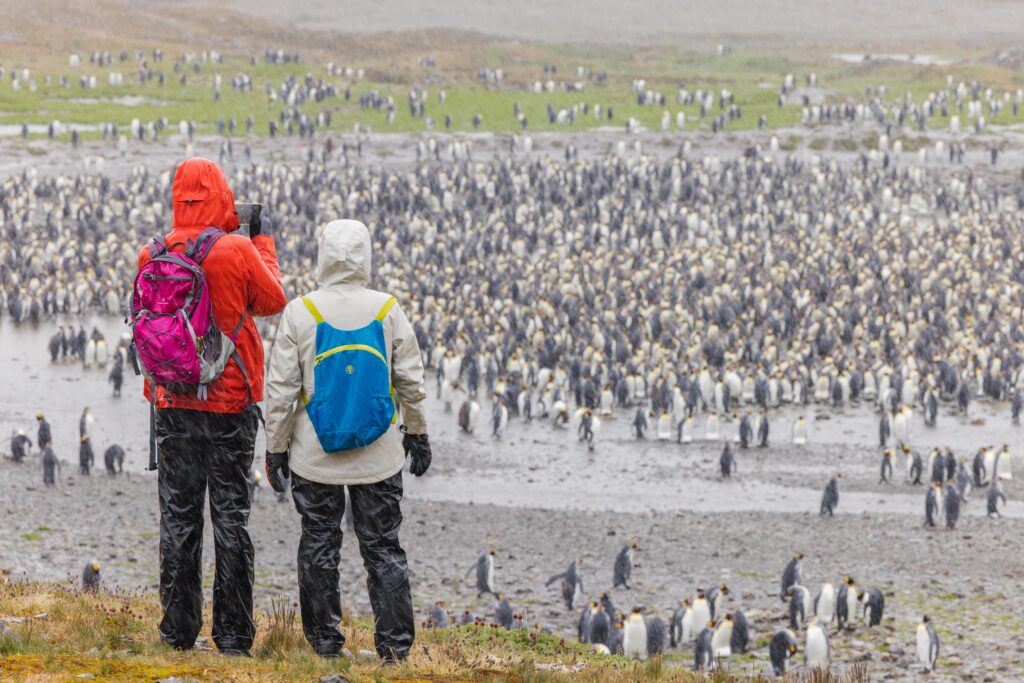
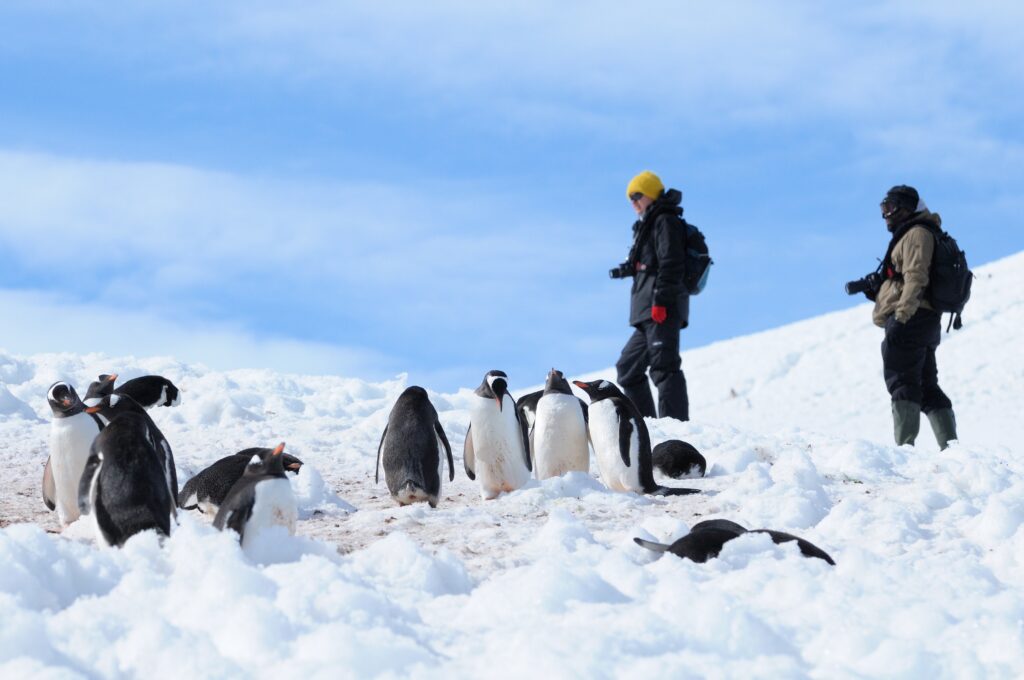
Step 1: Choose the Right Time to Visit
Timing matters. The Antarctic travel season runs from late October to early March, when conditions are most favorable. Want to see penguin chicks? Aim for December and early January. More into whale watching? February tends to be best. And if you’re into crisp light and sculptural sea ice, late spring (around November) offers a quieter, more surreal kind of beauty.
Read More in the Blog: Best time to visit Antarctica
Step 2: Select Your Travel Method
You’ve got options—and they really shape your experience. The most classic route is boarding an expedition cruise from Ushuaia, Argentina, and crossing the iconic Drake Passage. Some prefer to fly over the rougher seas to King George Island and then board a smaller ship. If you’re short on time or nervous about rough seas, the fly-cruise combo might be your sweet spot. Either way, the journey to the White Continent becomes part of the adventure.
Read more in the blog: 2026 Antarctica — Best Luxury Expedition Cruises
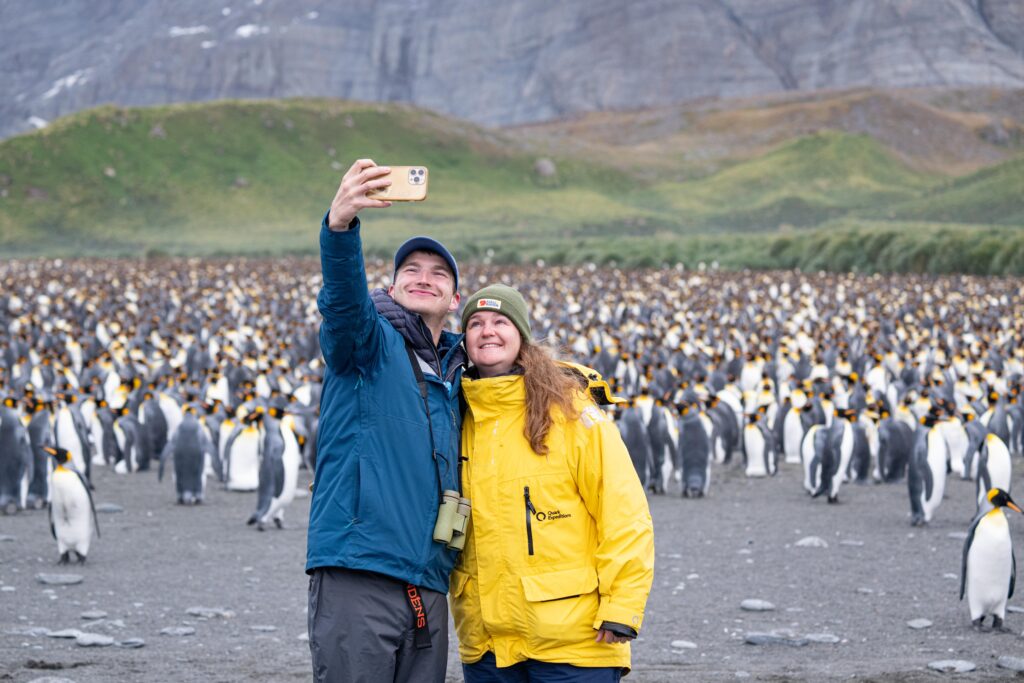
Step 3: Explore Available Tours
Not all Antarctica trips are created equal. Some focus on wildlife photography. Others lean into adventure with kayaking and even camping on the ice. A few take a more scientific or educational approach. As you explore, pay close attention to the size of the expedition ship, the flexibility of the itinerary, and the types of landing sites you’ll visit. The best way to match your travel style is to ask yourself: what kind of story do I want to tell when I return?
Step 4: Prepare for Extreme Weather
Weather in Antarctica can shift on a dime. Dressing in layers is essential—base, mid, and outer layers made for polar conditions. You’ll want to bring insulated waterproof boots, windproof gloves, and a balaclava or neck gaiter. Keep an eye on average temperatures and be prepared for everything from sunshine to swirling snow. Trust us: when you’re standing at the bow watching a humpback whale breach under a slate-gray sky, you’ll be glad you planned ahead.
Step 5: Pack Smart Essentials
Let’s get practical: binoculars for distant wildlife, a durable waterproof backpack, a power bank for your camera and phone, and maybe even a travel journal to capture your reflections. Don’t forget sunscreen and motion sickness meds—yes, even in the Antarctic Circle. And bring more memory cards than you think you’ll need. You’ll use them all.
Step 6: Arrange Travel Insurance
This is not the trip to skip insurance. Between weather delays, potential evacuations, and the remote location, a comprehensive travel insurance policy is essential. Make sure it covers medical emergencies, adventure activities, and trip interruptions. You’ll sleep better at night knowing you’re protected—especially when you’re hundreds of miles from the nearest hospital.
Step 7: Understand Environmental Regulations
The Antarctic Treaty and IAATO guidelines are in place to protect one of the most fragile ecosystems on Earth. That means no touching wildlife, no leaving trash, and strict protocols for visiting landing sites. It’s not about rules—it’s about respect. You’ll hear more about this from your expedition team, but it helps to read up before you go. Being a responsible traveler here is one of the most important things you can do.
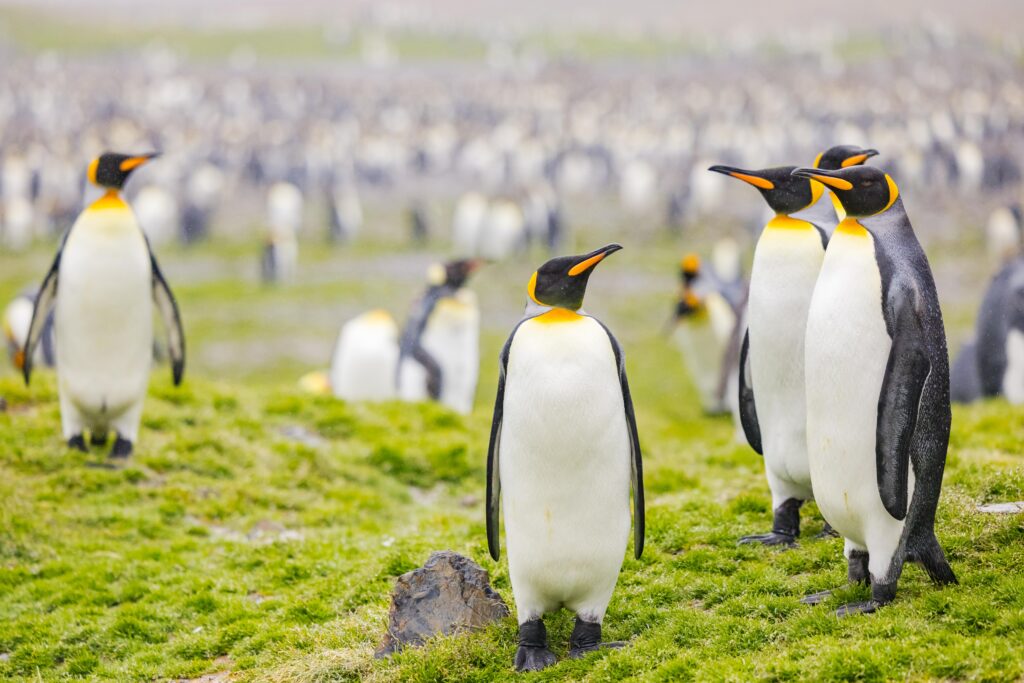
Step 8: Plan Your Antarctica Itinerary
Last but not least: think about what you want out of your time in Antarctica. Do you dream of crossing the Antarctic Circle? Are you drawn to historical sites like Port Lockroy? Or maybe you just want to spend plenty of time soaking in the stillness of the Southern Ocean. Many itineraries also include visits to South Georgia Island or the Falkland Islands—both rich with wildlife and history. Start with what matters most to you, then build from there.
You don’t have to rush this process. Give yourself plenty of time to dream, research, and prepare. Because when the day finally comes and you set foot on that icy shore, you’ll know: it was worth every moment of planning.
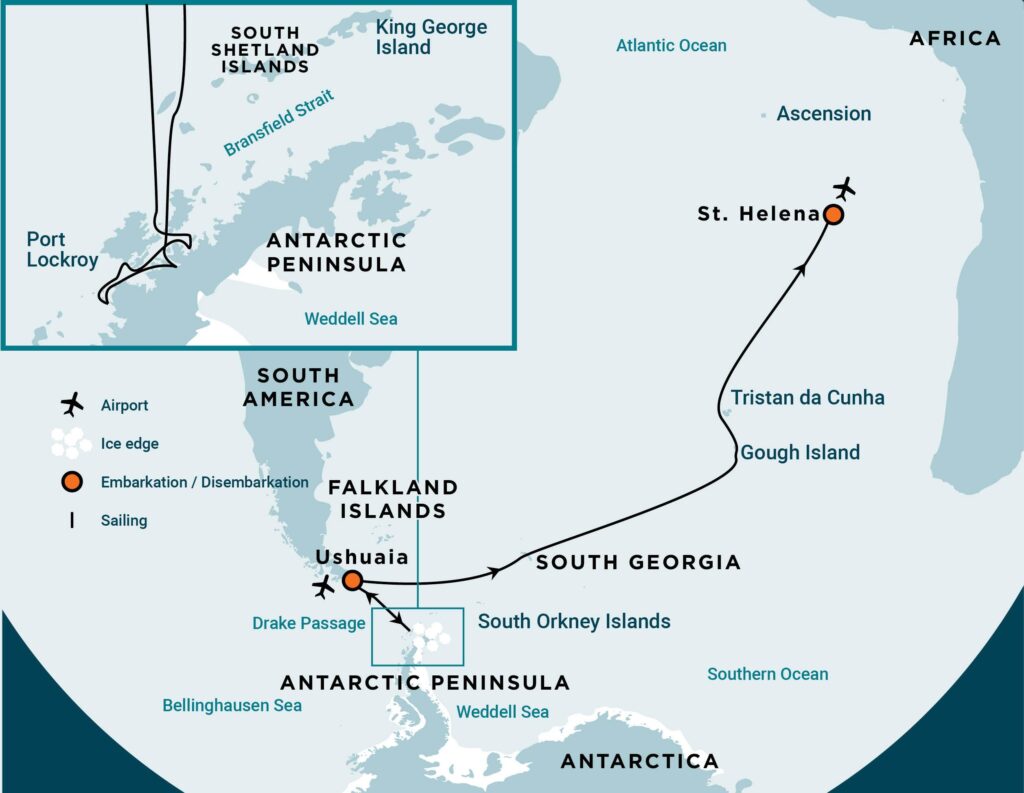
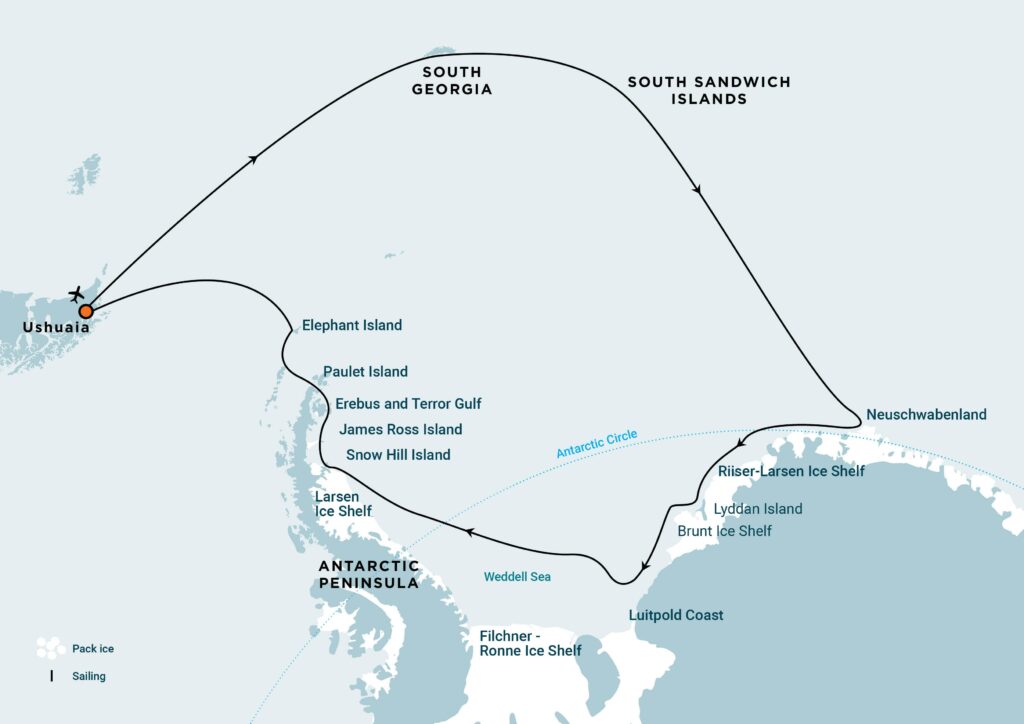
Travel Antarctica on Your Terms
This post captures the spirit of real travel: inspiring, immersive, and deeply intentional. I hope it’s brought Antarctica a little closer to your heart—and offered the clarity you need to begin planning your own expedition to the end of the world.
There is no one-size-fits-all experience of Antarctica—and that’s exactly what makes it unforgettable. We design every journey around your pace, your sense of wonder, and how you want to experience this wild, remote continent. Whether you’re imagining Zodiac cruises past sculptural icebergs, standing quietly among penguin colonies, or crossing the Antarctic Circle aboard a small expedition vessel, we’re here to craft something that feels truly yours.
Together, We’ll Shape the Experience of a Lifetime
Antarctica isn’t just a place you visit—it’s a place that lives in your memory, long after the journey ends. If you’re ready to go beyond the ordinary and step into something more meaningful, let’s begin.
Whether you dream of whale sightings at sunset, walking in the footsteps of polar explorers, or simply sitting in stillness with the Southern Ocean before you—we’ll design a journey that’s tailored, intimate, and utterly unforgettable.
Curious to see what’s possible? Explore our suggested Antarctica itinerary to imagine how your story on the 7th continent could unfold.
And if you’re ready to start planning your personalized adventure, book a consultation call. We can’t wait to help you create your next unforgettable journey.
—Maria
📩 Get in touch to plan your exclusive South America Trip.
🎧 Listen to the full podcast episode: Antarctica Isn’t What You Think on Spotify
📥 Download our South America Travel Guide
🎙️ Subscribe to our podcast for more behind-the-scenes stories
✨Watch on YouTube 👇
Your Antarctica Travel Questions, Answered
What is the average cost of a trip to Antarctica?
The average cost of a trip to Antarctica ranges from $8,000 to $15,000 USD per person, depending on the type of expedition cruise, travel method, and itinerary. Standard small-ship cruises departing from Ushuaia fall on the lower end, while fly-cruise options, luxury vessels, or extended routes that include South Georgia or the Falkland Islands can raise the price significantly—often exceeding $20,000. Additional costs like charter flights, adventure activities (kayaking, camping), travel insurance, and international airfare can add $2,000–$5,000 more. Most travelers should plan for a total budget between $10,000 and $18,000 USD to comfortably cover a personalized, small-ship Antarctic experience.
How many days is enough for Antarctica?
For most travelers, 10 to 14 days is the ideal length for a trip to Antarctica. This allows enough time to cross (or fly over) the Drake Passage, explore the Antarctic Peninsula, and enjoy multiple landings, Zodiac cruises, and wildlife encounters without feeling rushed. If you’re including more remote destinations like South Georgia or the Falkland Islands, or want to cross the Antarctic Circle, a 15- to 23-day expedition is recommended. Less than 8 days typically limits your experience, while more than 3 weeks is ideal for deep exploration but best suited to seasoned expedition travelers.
What I wish I knew before going to Antarctica?
I wish I had truly understood just how unpredictable—and humbling—Antarctica would be. The weather changes in an instant, and itineraries shift with the winds and ice. You have to let go of control and embrace the unexpected. I also didn’t realize how emotional it would feel—standing on untouched ice, surrounded by silence and penguins, with whales surfacing just meters away. No photo or video prepares you for the stillness. I wish I’d packed less clothing (layers matter more than volume). And most of all, I wish I’d known how much this trip would shift my perspective on what it means to travel. Antarctica isn’t a destination—it’s an experience that stays with you, long after you’ve returned.
Bonus: Want More Travel Ideas to South America?
👉 Download our FREE South America Luxury Guide 2025–2026
👉 Subscribe to our Blog to get updates
Maria and Clara

